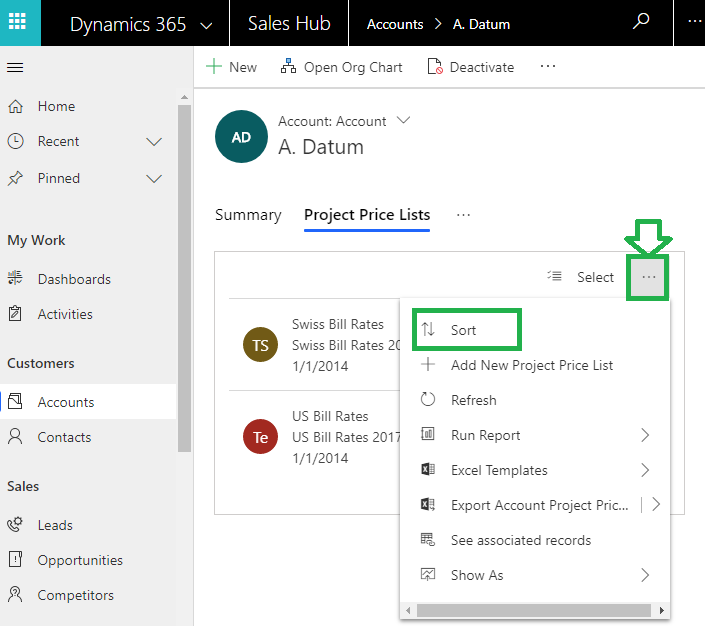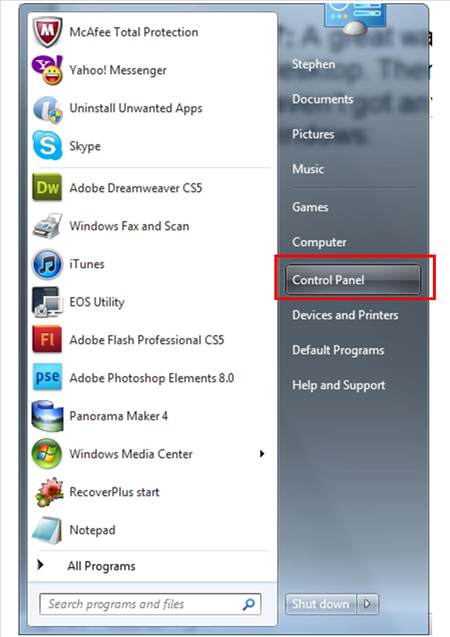
If there’s no mobile version of your website online, a phone browser will display the desktop version instead and simply shrink it to fit the available screen space, resulting in a tiny web page that you need to zoom in to read.

Your website design doesn’t have a mobile version So how do you work out what’s going wrong? Here’s a list of potential issues that can make your site look different on mobile. Additionally, because Google loves mobile-friendly sites, having one that only works properly on desktops can hurt your SEO and reduce your inbound web traffic. In other words, if your website is not displaying properly on a mobile device, half of your potential customers are struggling to view it. In the first quarter of 2021, over 50% of all website hits came from mobile phones 1. It’s a challenge that, even today, not every website gets right.

It presented a new challenge to web developers: how to make a single website work on dozens of differently-sized and shaped displays. But with the advent of the smartphone and the tablet, suddenly websites were accessible from screens of all sizes and shapes – big, small, landscape, portrait, full-screen, widescreen…Īs the mobile device market grew, so did the range of display resolutions on which people browsed the web. Is your website design mobile friendly? Once upon a time, websites were only designed to be viewed on computer monitors that were more or less all the same size.


 0 kommentar(er)
0 kommentar(er)
